Copyright 2020 - 2021 irantour.tours all right reserved
Designed by Behsazanhost
Iran World Records in Tourism Attractions
The World Records in Tourism Attractions
‘The most…’ is an enticing description to encourage travelers. This word causes the passengers to search on different sites to find the most interesting places. This description is the main reason which has made a lot of tourists and travelers put Iran on their itinerary. Iran is no exception to this rule and has always attracted many tourists by having different sites such as the tallest, largest, oldest, most beautiful, and warmest. Iran, however, is a place for many record figures, but a lot of people know nothing about this. The following list encompasses 16 instances of “the most” remarkable records that Iran holds among all countries. It would be certainly a pleasure to read about them.
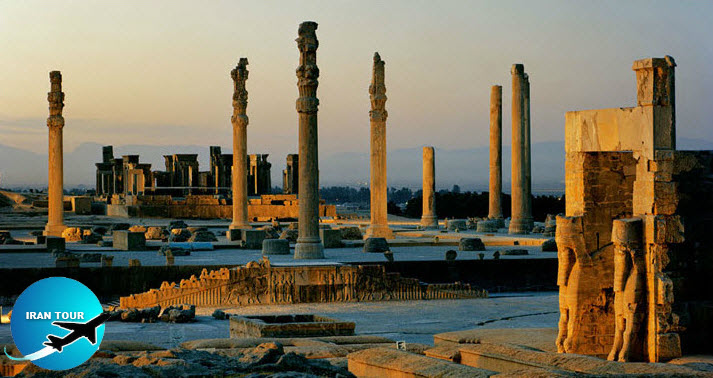 |
Iran's touristic attractions
The World’s Biggest Stone Structure
The Takht e Jamshid or Persepolis or the City of the Persian People is the hugest stone structure from 2500 BC. A great historical monument started on the order of King Darius I in 518 B.C and Iran's history is Proud of it. This huge stone complex with an overall area of 135,000 square meters started in 518 B.C and was completed after 120 years. Persepolis complex includes 7 palaces, an entrance gate, various ceremonial halls, huge stairs, and a number of tombs, all of which represent the great magnificent Achaemenid art.
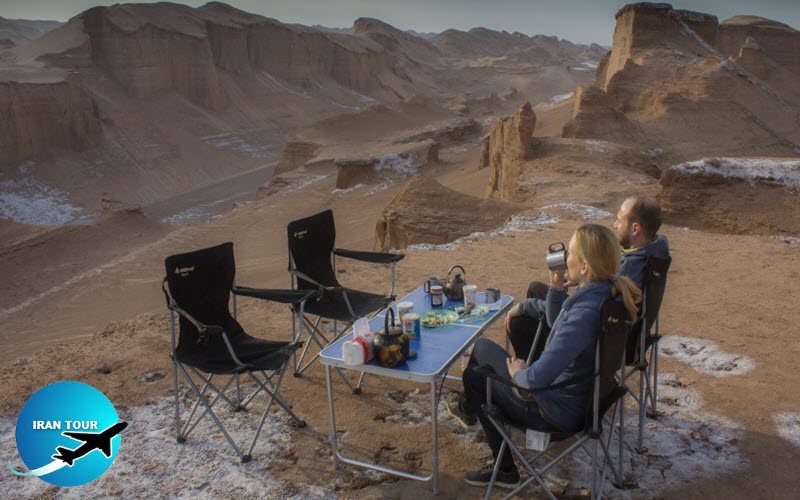 |
The Hottest Point on Earth
The Lut or Lout Desert which in Persian means bare and empty is located in the southeast of Iran and is the world's 27th-largest desert, and the second Iran natural heritage site inscribed on UNESCO's World Heritage List. It is extended to about 175,000 square kilometers and about 10 percent of Iran's land. This desert region has many different historical and natural attractions that fascinate all tourists. Shahdad Desert, Kaluts, Hot golden sands, and Shoor River are among the attractions that will amaze you. If you are going to look for a magical, dreamy, and lyrical desert to spend a wonderful night among millions of bright stars, this will be your best choice.
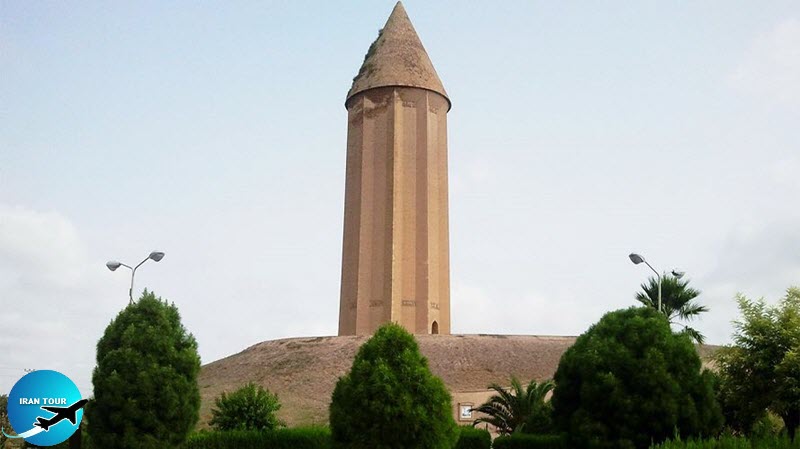 |
The Tallest Brick Tower in the World
The biggest brick monument in the world at 70 meters in height is located on the grave of Qabus ibn Voshmgir, a king of the Al-e Ziyar dynasty, in Jorjan (the present-day city of Gonbad-e Qabus) from the 996 AD. The building was constructed of bricks and mortar and has the shape of a multi-faceted cylinder, consisting of the foundation, a water tank, the body, and a conical dome. The Qabus Tower is located on top of a dirt hill that rises about 15 meters above the ground. The tower is 55 meters high which, added to the height of the hill, increases the overall height of the tower from the ground up to 70 meters. The Eiffel Tower has been repaired many times since 1889 at a cost of millions of dollars, and its parts have been frequently repaired or replaced but the But Qaboos tower with a height of 72 meters and 1100 years old has never been repaired and no part of it been replaced.
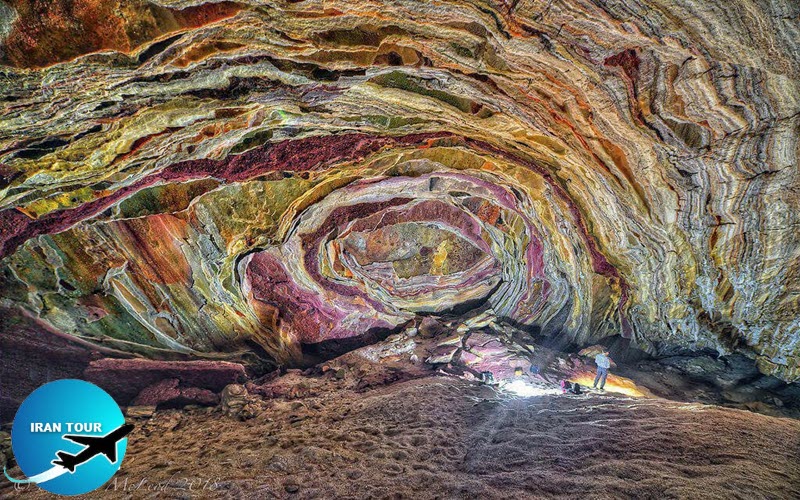 |
The longest salt cave in the world
Namakdan Cave (salt cellar) cave in the south of Qeshm Island in Iran is approximately 6,580 meters long. This cave 6,580 meters long is longer than Sodom Salt Cave in Palestine(5,685 meters). The flow of salty water on the floor of the cave is a pleasant view. The humidity of the island and penetration of water into the cave has led to the downpour of saturated salty water over the body of stalagmites continuously changing their outline. Namakdan Cave includes a salty lake with a depth of one meter, which is located 160 meters from the mouth of the cave.
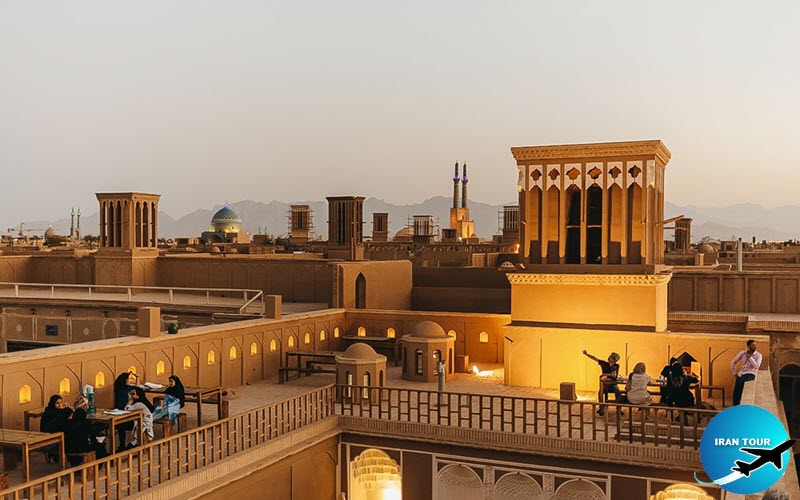 |
The Biggest Urban Adobe Fabric in the World
Yazd city which is known as "the bride of the desert" is located in the corner of Iran's central desert. The Yazd historical city has contained a series of monuments and buildings like traditional bazaars, mosques, gardens, buildings, and fire temples related to various periods of time. In addition, the city contains the world’s biggest urban adobe fabric with an area of 743 hectares and a perimeter of 5,000 hectares, which is also the most pristine historical fabric in the entire country. Yazd is home to one of the earliest settlements of humans in Iran and the first recorded city in UNESCO world heritage site, a valuable civilization that introduces one of the most astonishing adobe architectures of the world.
 |
The largest non-independent island in the world
Qeshm is the largest non-independent island in the world, located at the most strategic point in the Persian Gulf; that is to say at the mouth of the Strait of Hormuz. The island is approximately 120 km long with varying widths at various points. The widest part of the island is located between the town of Laft and Long Slope. The average width of the island is around 14 kilometers. Much of the northern coast of the island is covered with mangrove forests over an area of 150 square kilometers. Qeshm Island has an area of 1,491 square kilometers and is, therefore, larger than 23 countries in the world. For example, its area is 2.5 times that of Singapore, Bahrain, and San Marino; 1.5 times that of Hong Kong, 5 times that of the Maldives, and 70 times that of Macao.
 |
The Hottest water therapy spring in the World
The cities of Ardabil province and Azerbaijan province at the foothill of Sahand volcanic peak are the paradises of Iran's hot water. Among these hot water therapy springs, the Sarein close to Ardabil province with various ones is very famous and well known. But among all Iran's hot water therapy springs the Qinarjeh hot spring, in the vicinity of Meshkin Shahr, in the province of East Azerbaijan, is located at 1,250 meters from sea level. It originated from the slope of the Sabalan mountain, and at 86 degrees Celsius is the hottest mineral chloride source in the world and has three vents. Due to the therapeutic effects of the minerals present in its water, especially its high sulfur content, spring water is effective in treating diseases such as rickets and chronic forms of rheumatism. The high temperature of the source also relieves various types of pain and inflammation.
 |
The Oldest Cedar Tree
The Abarkoo cedar tree is the oldest one in the world. This tree about 4,000-4,500 years old is the alive oldest tree in Iran and also the world. The girth of the tree is 11.4 meters and its height has been estimated at 25-28 meters. According to some local myths, the tree has been planted by the ancient Iranian prophet, Zoroaster.
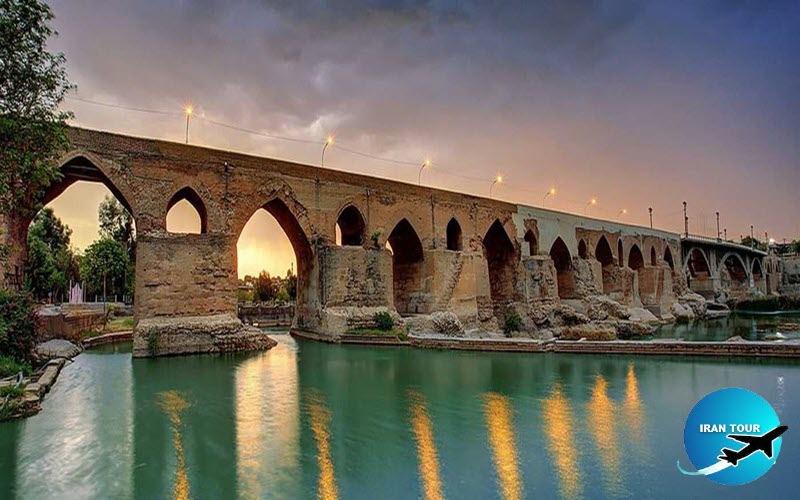 |
The Most Ancient Bridge in the World
The oldest bridge in the world is made by order of Shapour I(240 to 270 AD) and by 70,000 Roman captives. This bridge was built in 260 AD (about 1750 years ago) by the order of the first Sassanid kings( Shapur) and by 70.000 Roman captives on the river Dez, and for this reason, this bridge is also known as the Roman bridge. This bridge has 14 arches and has been repaired and rebuilt in different historical periods.
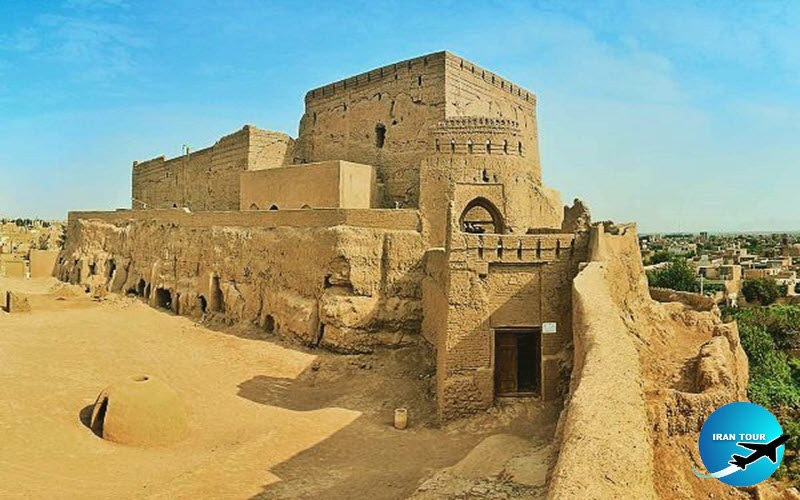 |
The oldest Adobe structure in the world
The magnificent and ancient Narin Qaleh(Castle) in Meibod, Yazd Province, also known to locals as Narenj Qaleh, is the most important relic of ancient urban architecture. Narin Qaleh has a great role in history, geography, architecture, urban, political, military, religious and mythological of this area. The structure was built on top of a hill that overlooks its surroundings and, therefore, can be seen from a distance. According to some local myths, the castle was built during the time of the Prophet Solomon.
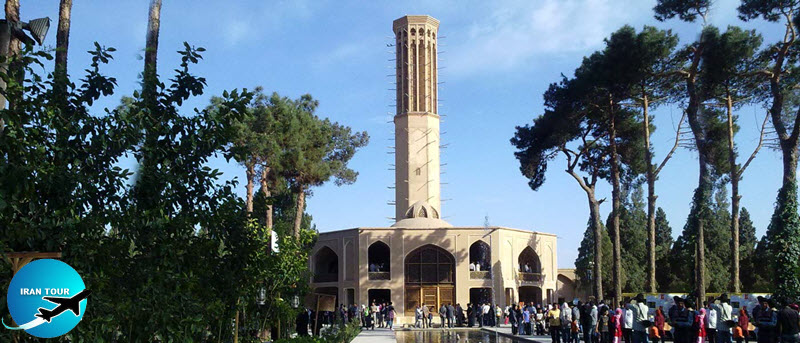 |
The Highest Ventilator in the World
Windcathers are one of the masterpieces of Iranian architecture in desert areas. This clever masterpiece element is the most important factor in the establishment and survival of the desert's people in this area. The octagonal ventilator built at Dowlatabad Garden in Yazd, central Iran, is the tallest ventilator in the world at a height of 33 meters from the ground.
The oldest living animal in the world
Triops is a species of aquatic creatures considered a living fossil because it has existed for 220 million years and is, therefore, the oldest animal species known to man. This creature lives in seasonal ponds in the province of West Azerbaijan in Iran.
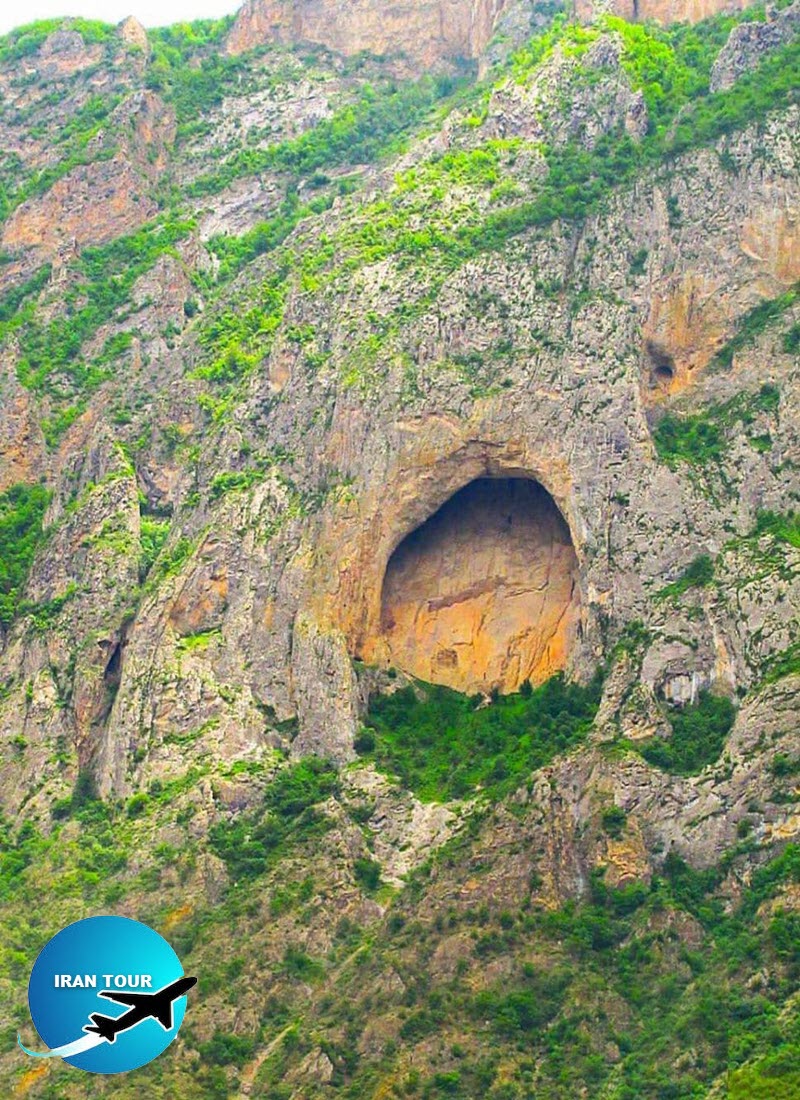 |
The tallest natural arch in the world
The mouth of Espahbod -e- Khorshid cave (also a mythological fortress) is located on the side of the Firouzkouh road near the Doab bottleneck in Mazandaran province. It is 19.75 meters long and 14.25 meters wide, making it the tallest natural arch in the world. It stands about 15 meters above the ground and was discovered by cavers in 1956.
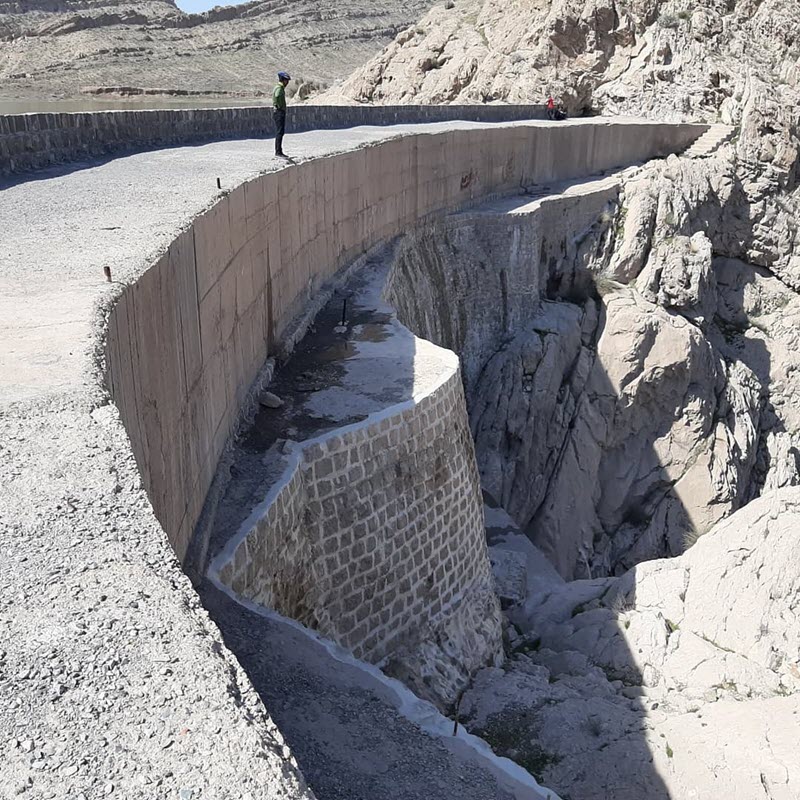 |
The Sassanid Dam is the Most Ancient Dam in the World
This Sassanid dam is located at 25 Km of Qom city 145 Km from Tehran province the capital of Iran. With over 1,000 years and many quakes in that region, the dam still stands upright.
 |
The most wonderful Qanat in the world
The two-story Mon Qanat near the city of Ardestan in central Iran is one of the magnificent and technical feats of Iran's ancient times. This 800-year-old Qanat has two different water streams or paths that are independent of each other. The aqueduct is two kilometers long and has a flow of 60 liters of water per second.
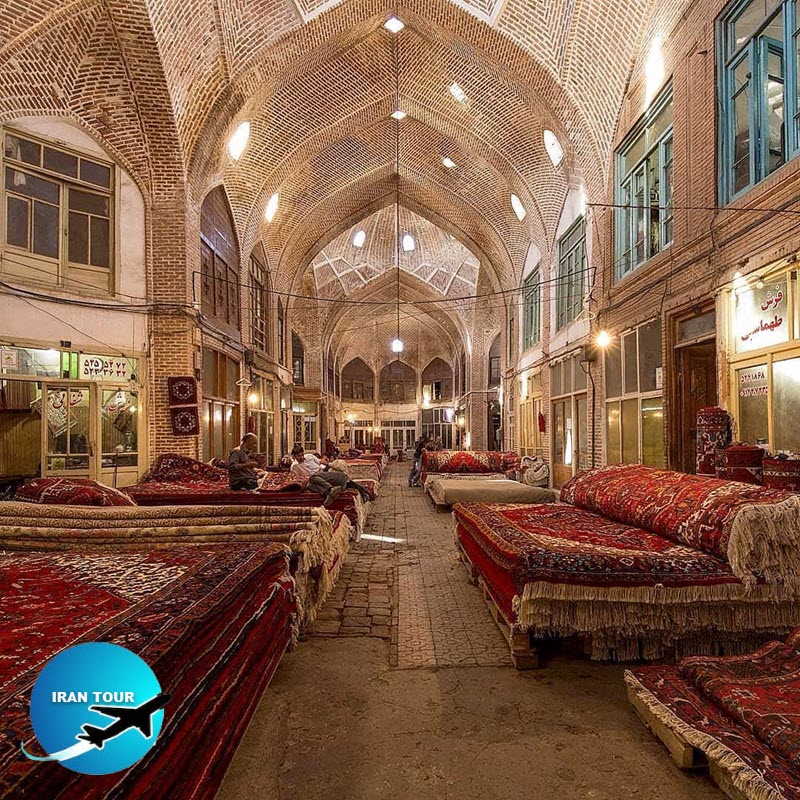 |
The Biggest Roofed Bazaar in the World
The Tabriz traditional Bazaar with over 1.000.000 square meters is the biggest roofed bazaar in the world. It is the biggest extended roofed brick structure in the world. Due to its location on the ancient Silk Road, and the capital of the Safavid dynasty has been always a major hub of trade in various junctures of history.
- Details
- Category: What to see in IRAN